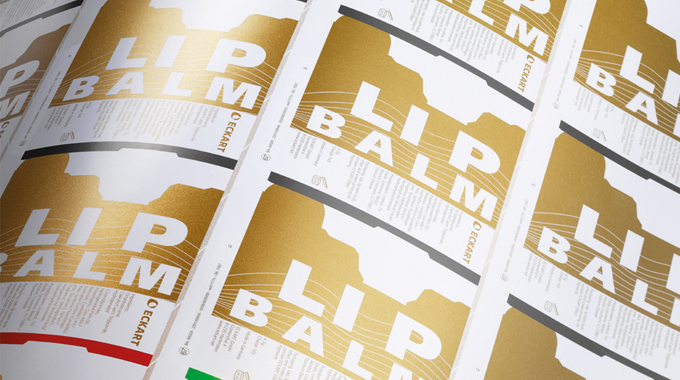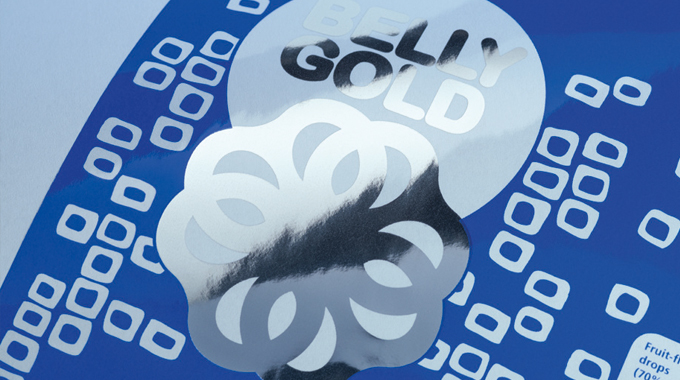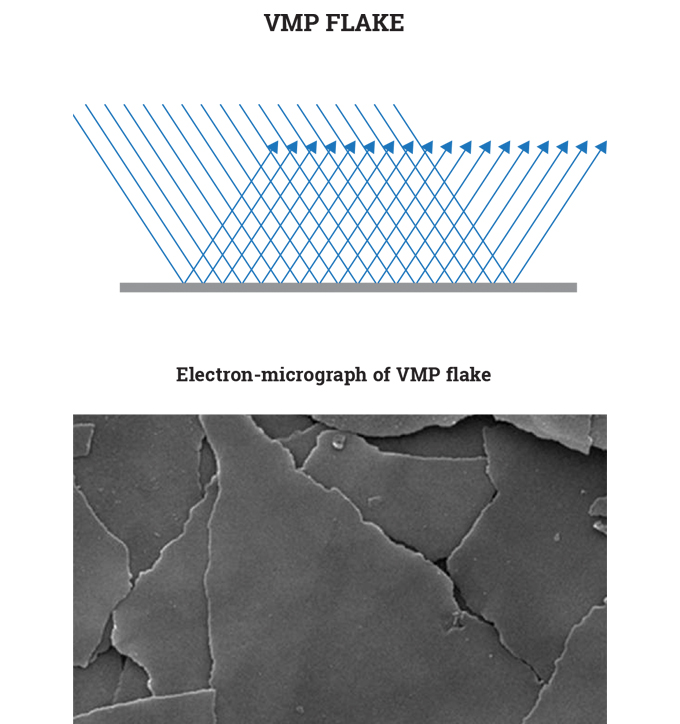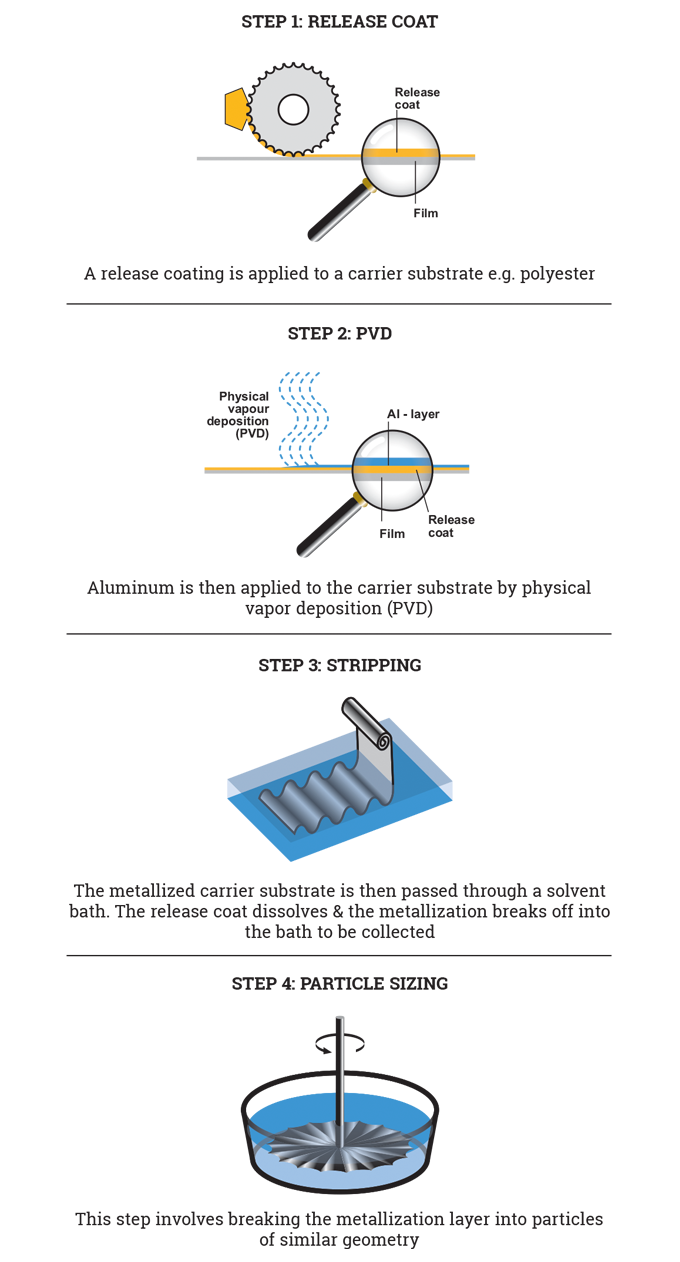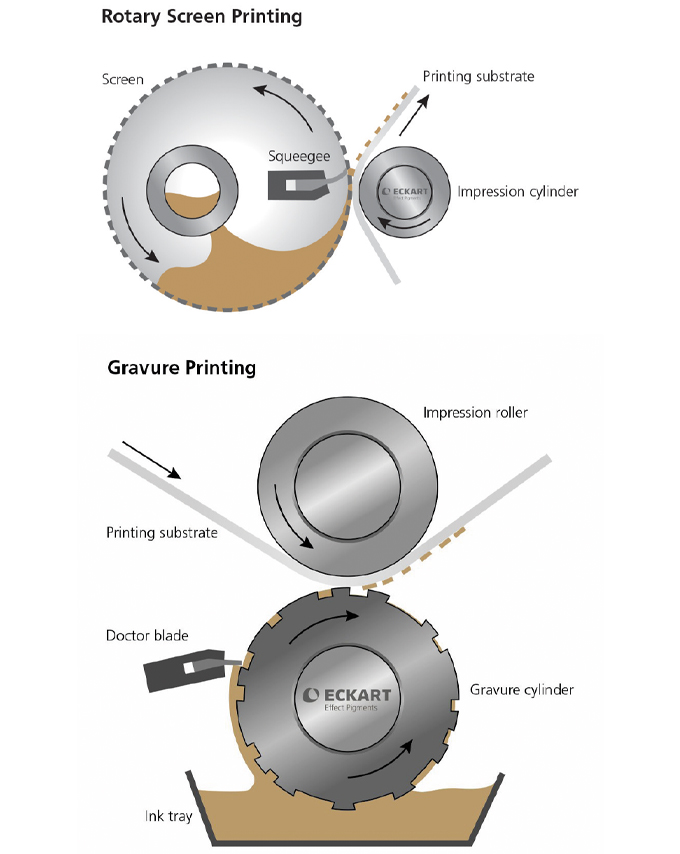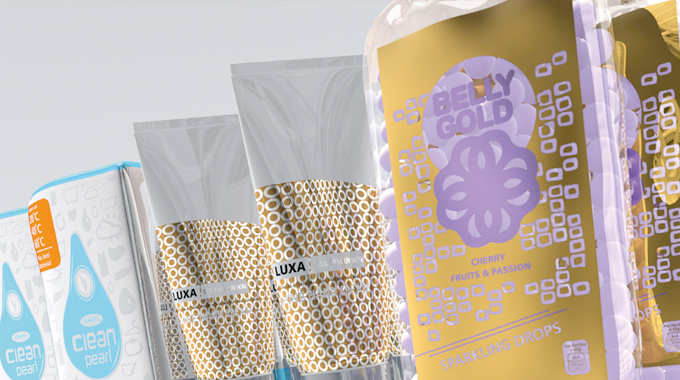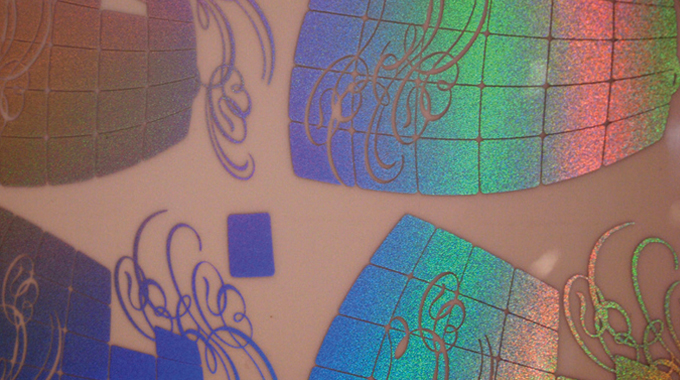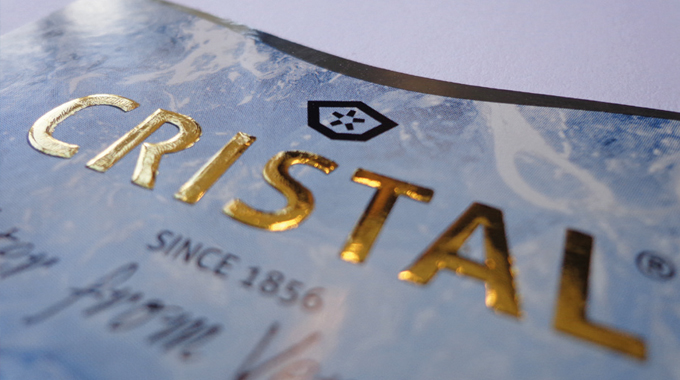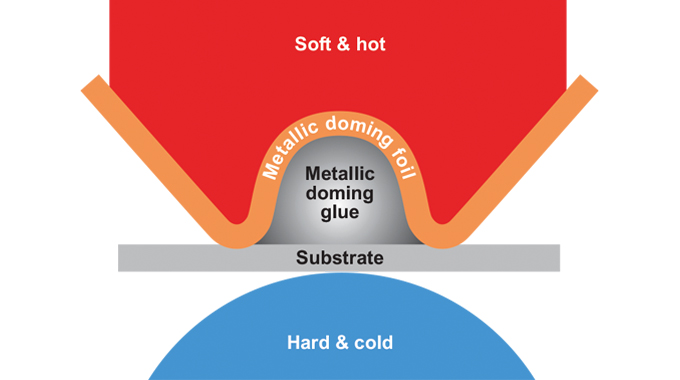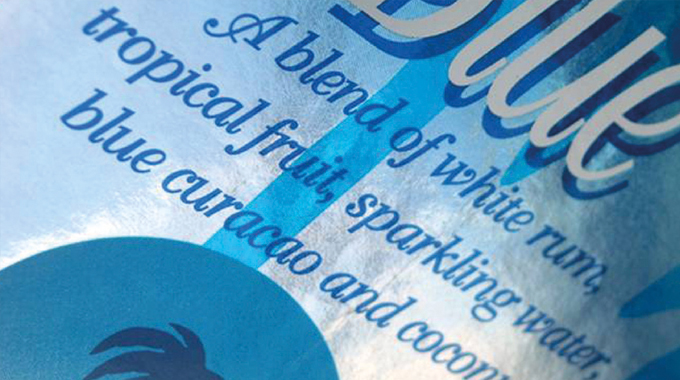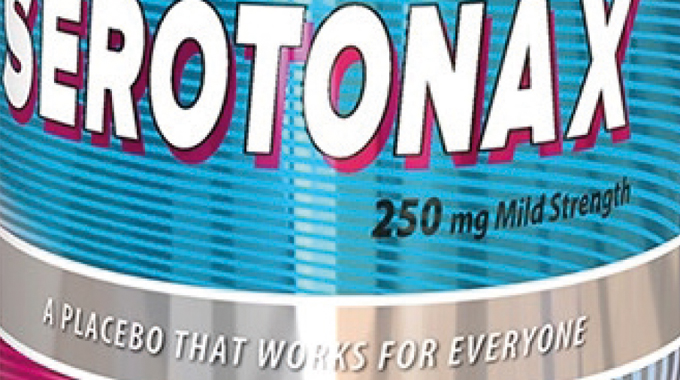Embellishments: ink metalization
Gold and silver foil in particular have long been used on packaging for products such as spirits, cosmetics and personal care where their high retail value has been able to withstand the additional cost of what was a relatively expensive process.
In recent times however, developments in ink systems that seek to mimic metalized substrates, foil stamping, bronzing and foil transfer, are reducing costs and therefore widening the opportunities to add stunning surface embellishments to a wider range of shorter run and lower value products.
Stay up to date
Subscribe to the free Label News newsletter and receive the latest content every week. We'll never share your email address.
